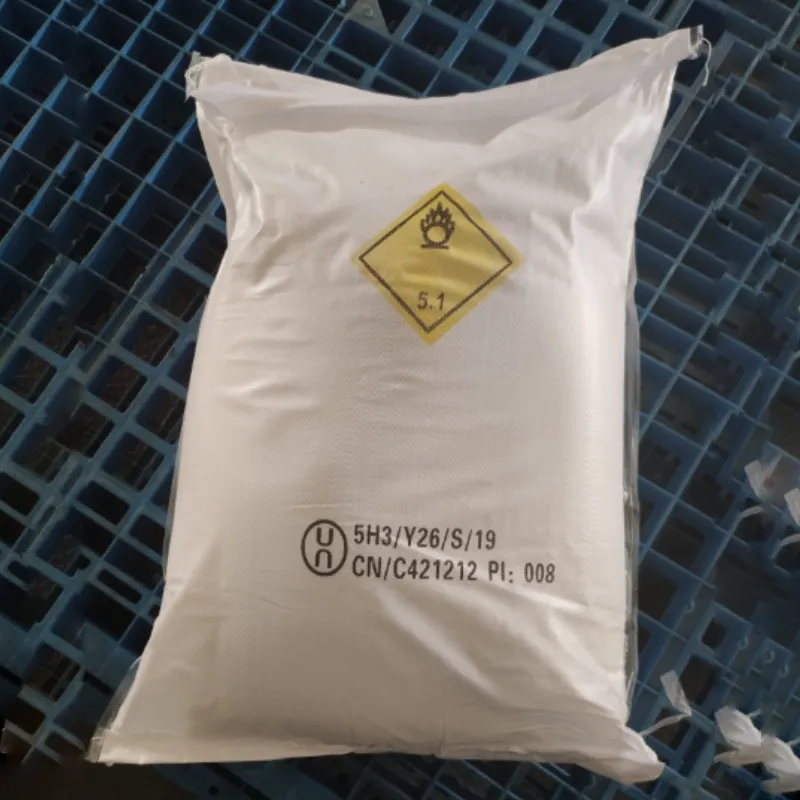
sodium benzoate origin
The Origins and Uses of Sodium Benzoate
Sodium benzoate, the sodium salt of benzoic acid, is a widely used preservative known for its antimicrobial properties. It is found in a variety of products, from food and beverages to cosmetics and pharmaceuticals. Understanding its origins, chemical properties, and applications helps highlight its significance in modern industries.
Chemical Origins
Sodium benzoate is derived from benzoic acid, a simple aromatic carboxylic acid that naturally occurs in many plants, particularly those associated with the spice clove and fruits like cranberries. The chemical formula for sodium benzoate is C7H5NaO2. It is synthesized by neutralizing benzoic acid with sodium hydroxide, resulting in a stable white crystalline powder. The compound has a slight odor reminiscent of benzaldehyde and is soluble in water, making it easy to incorporate into various formulations.
Historical Context
The use of sodium benzoate can be traced back to the early 19th century when benzoic acid was first isolated from gum benzoin. The introduction of sodium benzoate as a food preservative began in the late 1800s, and it quickly gained approval for its ability to inhibit the growth of molds, yeast, and some bacteria. This was particularly useful in extending the shelf life of food products and facilitating long-distance trade. Over time, regulatory agencies such as the U.S. Food and Drug Administration (FDA) approved sodium benzoate for use in food, recognizing its safety when used within established limits.
Modern Applications
sodium benzoate origin

Today, sodium benzoate is widely utilized in the food and beverage industry as an effective preservative. It can be commonly found in soft drinks, pickles, sauces, and marinades, where it helps prevent spoilage and maintain freshness. The effectiveness of sodium benzoate is notably enhanced in acidic conditions, with optimal performance at a pH of 3.6 or lower. This property makes it particularly suitable for carbonated beverages and fruit juices.
Beyond food preservation, sodium benzoate also serves various roles in the cosmetic and pharmaceutical industries. In cosmetics, it functions as a preservative to prevent microbial growth in products such as creams and lotions. In pharmaceuticals, it is often used in topical preparations and syrups to improve shelf life and efficacy. Additionally, it has found a niche in some industrial applications, such as in the production of certain types of plastics and dyes.
Safety and Regulations
Sodium benzoate is generally recognized as safe (GRAS) by regulatory agencies when used within specific limits. The acceptable daily intake (ADI) of sodium benzoate in food is set at 0–5 mg/kg body weight by the World Health Organization. However, it is crucial to monitor the total intake as excessive levels may lead to adverse effects, particularly when combined with ascorbic acid (vitamin C) in acidic environments, which can result in the formation of benzene, a known carcinogen.
Public awareness around food preservatives, including sodium benzoate, has increased, prompting discussions about natural alternatives and the importance of ingredient transparency. In response, many manufacturers are exploring options that adhere to consumer demand for cleaner labels, which has led to the development of natural preservatives derived from plant sources.
Conclusion
Sodium benzoate serves a vital role in food preservation and beyond, showcasing the intersection of chemistry and daily life. Its origins from benzoic acid and historical usage highlight its evolution from a simple chemical compound to a critical ingredient across various sectors. As industries continue to adapt to changing consumer preferences, the future of sodium benzoate will likely involve a balance between maintaining its beneficial properties while addressing safety and health concerns. Thus, this compound remains an essential topic of study and discussion in the fields of food science and public health.
-
The Safety Challenges of Ammonium Nitrate FertilizerNewsJun.26,2025
-
The Critical Role of Mining ChemicalsNewsJun.26,2025
-
Shelf Life of Glacial Acetic Acid Food GradeNewsJun.26,2025
-
Enhancing PVC Longevity with 1,2,3-Benzotriazole InnovationsNewsJun.26,2025
-
China’s Dominance in Food Additive ProductionNewsJun.26,2025
-
Can Aluminum Hydroxide Replace More Toxic Alternatives?NewsJun.26,2025
-
PE and PP Plastics with Benzotriazole AdditivesNewsJun.12,2025
Hebei Tenger Chemical Technology Co., Ltd. focuses on the chemical industry and is committed to the export service of chemical raw materials.
-

view more DiethanolisopropanolamineIn the ever-growing field of chemical solutions, diethanolisopropanolamine (DEIPA) stands out as a versatile and important compound. Due to its unique chemical structure and properties, DEIPA is of interest to various industries including construction, personal care, and agriculture. -

view more TriisopropanolamineTriisopropanolamine (TIPA) alkanol amine substance, is a kind of alcohol amine compound with amino and alcohol hydroxyl, and because of its molecules contains both amino and hydroxyl. -

view more Tetramethyl Thiuram DisulfideTetramethyl thiuram disulfide, also known as TMTD, is a white to light-yellow powder with a distinct sulfur-like odor. It is soluble in organic solvents such as benzene, acetone, and ethyl acetate, making it highly versatile for use in different formulations. TMTD is known for its excellent vulcanization acceleration properties, which makes it a key ingredient in the production of rubber products. Additionally, it acts as an effective fungicide and bactericide, making it valuable in agricultural applications. Its high purity and stability ensure consistent performance, making it a preferred choice for manufacturers across various industries.











